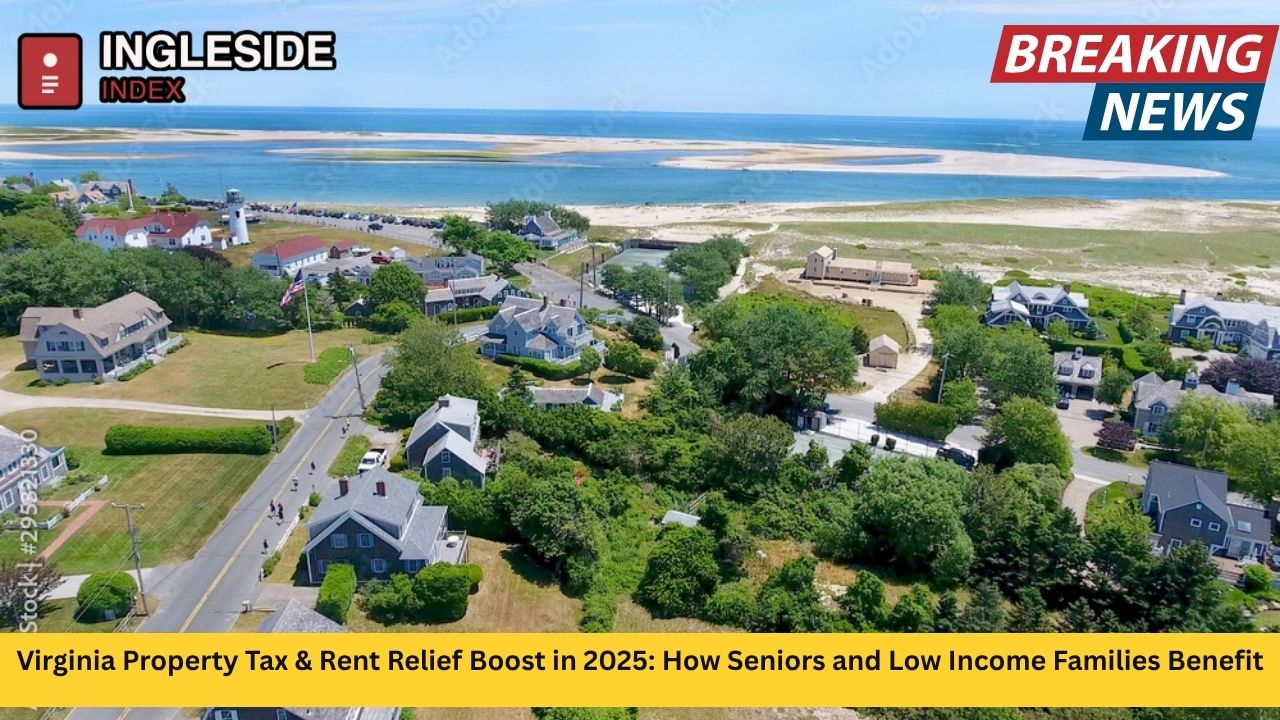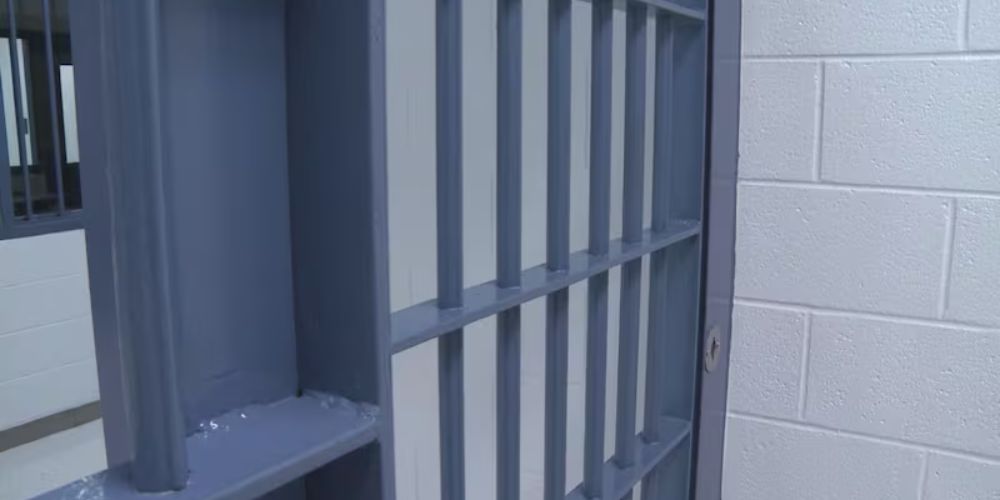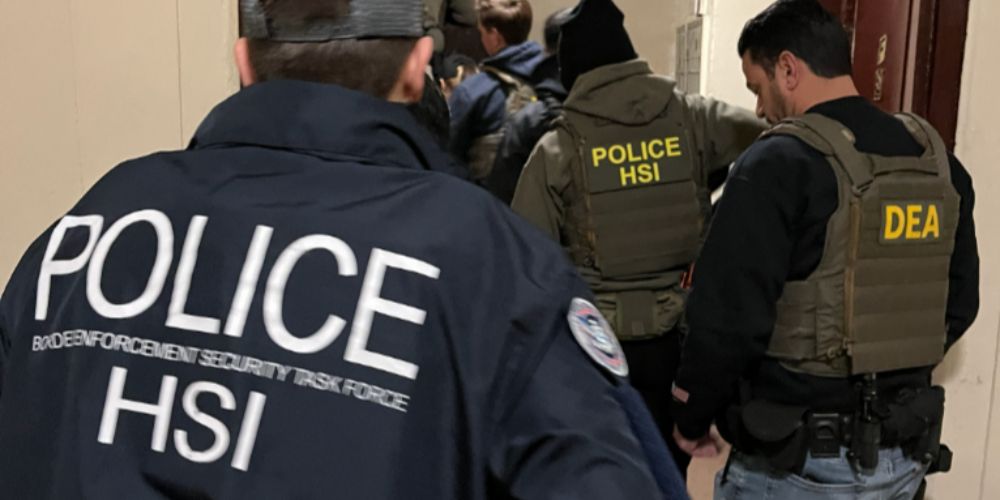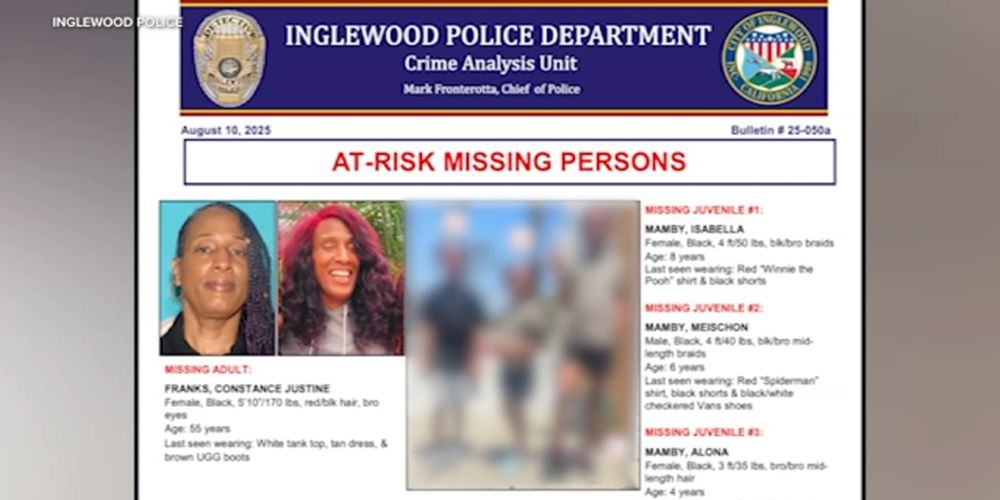Virginia enters 2025 with a renewed commitment to its most vulnerable residents: seniors and low-income families struggling under the weight of rising property taxes and escalating rents. Across cities like Richmond, Virginia Beach, Arlington, Norfolk, Charlottesville, and rural and suburban communities throughout the state, new property tax reforms and rent relief programs are setting a new standard of support. As housing affordability becomes a top concern, let’s dive deep into how the latest policy enhancements are offering a real-life boost for those in need, with special focus on city-specific efforts, practical stats, and the future of home stability in the Old Dominion.
Understanding the 2025 Boost: What’s New in Virginia’s Tax and Rent Relief Landscape
Virginia faces a pressing challenge: high housing costs paired with a shortage of affordable options, especially for seniors and low-income renters. In 2025, statewide and local governments are responding with a suite of tax exemptions, rent grants, and emergency programs to ensure more Virginians can remain in their homes—and thrive. Key to these advancements are increases to income limits, expanded eligibility, streamlined applications, and more substantial benefits in both property tax and rental support.
Property Tax Relief: Lifelines for Seniors and People With Disabilities
Property tax relief has become a crucial benefit for many Virginians—especially those on fixed incomes. Programs in Arlington, Charlottesville, Fairfax, Loudoun, Surry, and Prince William counties stand out for their accessibility and impact.
-
Fairfax County provides tax relief for homeowners aged 65+ or those permanently disabled. Seniors with a total combined income below defined thresholds can qualify for relief on all or part of their property tax. The property must be the primary residence, and partial ownerships are prorated for benefit calculations.
-
Charlottesville offers a tiered exemption program: households earning less than set income levels can qualify for relief between 40% and 100% of their annual property tax bill. For many, this means substantial yearly savings—making staying in their homes feasible even as costs rise.
-
Loudoun County grants exemptions for seniors or disabled homeowners based on primary residence and acreage. Net worth and income caps ensure benefits are focused where most needed, giving peace of mind to older homeowners.
-
Surry County increased its income and asset limits for 2025, allowing applicants with total household incomes up to the newly set threshold and net worth up to $150,000 (excluding home value and one acre) to receive up to $1,500 off their property taxes.
-
Prince William County sets the standard by allowing relief for seniors or disabled persons with incomes up to established levels and financial resources below the annual cap, ensuring wide access to those earning modest pensions or social security.
Many counties require re-application annually, but streamlined paperwork and assistance offices—especially in cities with large senior populations like Virginia Beach, Norfolk, and Richmond—are removing historic barriers to entry and expanding outreach.
Rent Relief: Expanding Support for Low-Income Families
The rental market in Virginia is fiercely competitive, with costs far outpacing wage growth. Federal programs like Section 8 remain foundational, but state and local initiatives have greatly expanded for 2025.
-
Virginia Rent Relief Program (RRP) remains operational, offering support to tenants and landlords for households unable to cover rent due to unemployment or financial hardship. The program covers up to 15 months’ rent—both back rent and a few months into the future—for households below 80% of Area Median Income.
-
Fairfax County and Chesterfield County manage their own rent relief programs, tailoring support to the unique cost structures and demographics of their communities.
-
The Arlington County Housing Grants Program pays a portion of the monthly rent for qualifying low-income residents, factoring in family size and rent amount. The program caps assets at $35,000 and elucidates income standards, ensuring equitable distribution.
-
Statewide, new initiatives are underway for 2025, including a pilot program providing direct monthly rent relief to 5,000 low-income families with school-aged children, designed to prevent displacement and support educational stability in cities such as Alexandria, Hampton, and Roanoke.
Statewide Stats: Just How Big is the Housing Gap?
The numbers are stark but illuminating:
-
Virginia has a shortage of at least 300,000 affordable homes.
-
Only 33 affordable rentals exist for every 100 extremely low-income households.
-
To comfortably afford a two-bedroom apartment at fair market rent, a household must earn over $62,000 a year—well above what many working families and retirees receive.
-
The average income limit for a four-person, extremely low-income household in Virginia is around $36,500, underscoring why so many struggle with rental and tax burdens.
-
In 2025, applications for rental assistance are expected to surpass 60,000 households statewide, with roughly $220 million allocated for these programs in the budget.
How Cities and Counties Respond: Case Studies Across Virginia
Let’s look at how these policies play out in various locations:
Richmond: The heart of the Commonwealth, Richmond is seeing increased outreach for both property tax relief and direct rental subsidies, including targeted services for seniors residing in historic neighborhoods and longtime homeowners facing gentrification pressures.
Virginia Beach: With a large retired population, Virginia Beach’s local government boosted funding for senior homeowner tax exemptions, and streamlined the process for the disabled to qualify.
Arlington: Through progressive tax deferral and rental grants, Arlington is ensuring both older adults and young families have options to keep their homes during periods of economic hardship.
Charlottesville: In addition to real estate tax tiers, Charlottesville’s Homeowner Assistance Program continues to emphasize relief for those with both age and disability-related needs.
Manassas Park and Prince William County: These areas utilize the state’s Rent Relief Program as well as locally administered emergency grants to prevent evictions and provide support during life transitions.
Eligibility Made Easier
One of the major upgrades for 2025 is the simplification of applications. Households where at least one member is 65+ or permanently disabled can qualify provided they meet updated income and asset standards relevant to each locality. For renters, documentation involves lease agreements, identification of hardship, and demonstration of income below area limits.
Streamlined online portals, mobile outreach vans, and telephone assistance (especially in rural counties like Surry, Warren, and Hanover) are breaking technological and transportation barriers. Local governments in urban centers, such as Norfolk and Arlington, even offer in-person application workshops.
The Broader Impact
Virginia’s revised approach doesn’t just help keep roofs overhead. Experts point to ripple effects including:
-
Reduced homelessness among seniors and families.
-
Decreased evictions and housing instability for children—helping maintain school attendance rates and social stability.
-
Reduction in emergency shelter and medical costs for counties.
-
The ability for older Virginians to age in place, preserving community ties and neighborhood continuity.
-
Increased mental and physical health outcomes among vulnerable populations.
Road Ahead: Challenges and Continuing Gaps
Despite the 2025 boosts, the road isn’t free of obstacles. Demand continues to outpace available resources—especially as more seniors become eligible and rental costs rise. City leaders in Alexandria and Newport News have begun calling for further expansions, citing long waitlists for rental assistance and gaps in affordable housing construction.
Advocates warn of ongoing waiting periods, especially in high-demand metro areas. Additionally, some local governments have urged for continued federal support to maintain and expand these relief programs.
How to Apply or Get Help
Every locality in Virginia manages its applications differently, but the state’s tax and housing websites provide links to local programs, FAQs, and downloadable forms. In most places, applications for property tax relief are due in the first few months of the year, while rent relief and emergency grants are administered on an ongoing basis, subject to available funding.
For those unsure, contacting the local revenue commissioner or housing division is the first step. Many cities, like Arlington and Fairfax, offer guides for eligibility and even appointments with tax and rent specialists.
Looking to 2026 and Beyond
Virginia’s 2025 property tax and rent relief reforms mark a significant step toward housing equity. With ongoing advocacy from local governments, housing alliances, and community organizations, the state’s most vulnerable stand to gain even more in the future—including proposals for more universal rental assistance, deeper investments in affordable construction, and expanded aging-in-place programs.
As the landscape continues to evolve, one thing is certain: across every city, town, and county, Virginia is making housing stability a priority for those who need it most—creating a safer, stronger, and more inclusive future for all.











Leave a Comment